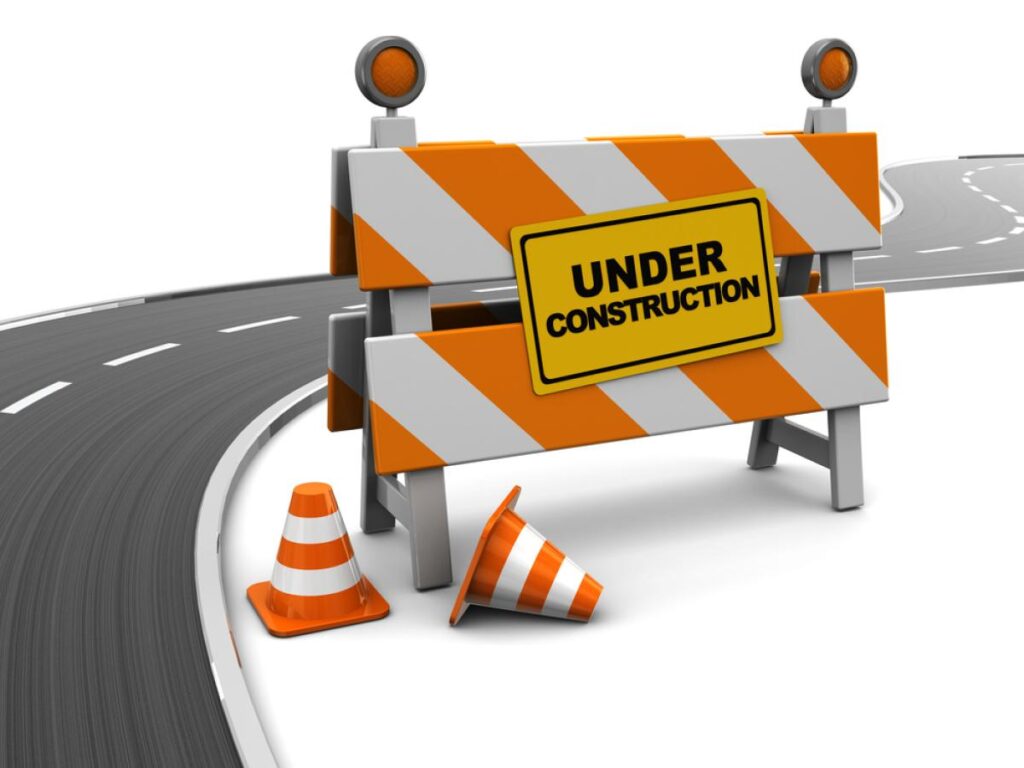Shutterstock photo
Louisiana’s Harvey Tunnel opened nine governors ago, during Earl Long’s administration, and for much of its 66-year history has been maintained and repaired on a piecemeal basis: Close one or both lanes in one direction to traffic, work for a week or so, then repeat on the other side.
Now, in a break with that practice, the state Department of Transportation and Development (DOTD) is closing the entire underwater shaft — one of only three highway tunnels in the state — for the better part of two years to perform tile, road, electrical, ventilation and drainage improvements at a cost of $53.7 million.
The tunnel is located just south of the Mississippi River opposite downtown New Orleans in Jefferson Parish and allows east-west traffic on U.S. Highway 90 Business to pass under the Harvey Canal.
“They’re going to redo it from top to bottom,” state Sen. Patrick Connick, R-Marrero, told the New Orleans Times-Picayune.
A Louisiana DOTD contractor began blocking westbound access to the four-lane tunnel beneath the canal in early October, and closed the eastbound side Nov. 27, a move that quickly generated complaints about congestion on the only nearby ground-level alternative: the two-lane Fourth Street drawbridge, which motorists have said is raised just about any time a tugboat approaches in the canal, backing up car traffic as far as 10 blocks.
Connick said he hopes to speed the tunnel work and to find some relief for Fourth Street motorists.
Harvey Canal Has Long History
The traffic complaints would have been scarcely imaginable in 1839, when the West Bank was largely agrarian, and Nicholas Noël Destrehan secured laborers to excavate a canal connecting Bayou Barataria with the commercial land close to the river, the New Orleans newspaper noted.
“Completed by 1844, Destrehan’s canal soon became busy with barges, luggers and schooners hauling timber, moss, finfish, shellfish and game in from swamps, marshes and bays,” historic geographer Richard Campanella wrote for Preservation in Print in 2021. “In [a] short time, Destrehan earned a fortune by charging tolls for vessels to sail there from the Mississippi River.”
In the 20th century, with oil and gas exploration under way in south Louisiana, the Harvey Canal became a locus for oilfield supply, fabrication and repair businesses. And the West Bank population grew along with it.
Still, the only one way to drive across the canal was at Fourth Street.
That was until 1957, when the tunnel opened after a four-year building effort costing $5 million, according to DOTD. Now a passageway for the West Bank Expressway/U.S. 90 Business, the four-lane tube is 1,079 ft. long.
Farther south, the Lapalco Boulevard bridge over the canal opened in 1972, and directly over the Harvey Tunnel, the West Bank Expressway bridge opened in 1984.
Combined, the expressway bridge and tunnel carry about 58,500 vehicles per day, the Times-Picayune noted. The state transportation agency ascribes about one quarter of that volume, or 15,000 vehicles, to the tunnel, and much of that comes from local motorists in the 2-mi.-wide corridor bounded by Manhattan and Barataria boulevards.
The Houma Tunnel is now the only highway tube in use in the Bayou State after the tunnel in Belle Chasse closed permanently Dec. 20 following completion of the new Louisiana Highway 23 bridge over the Gulf Intracoastal Waterway.
Feds Paying for Most of Harvey Tunnel’s Upgrades
The federal government is paying for 80 percent of the rehabilitation to the Harvey Tunnel with the rest of the money coming from the state budget and from leftover toll revenue from the Crescent City Connection Bridge in New Orleans.
DOTD contracted with CEC Inc. to perform the renovation project. The Lafayette-based contractor will remove and replace the tile in the tunnel’s walls and ceiling, rebuild the roadway and improve the electrical, ventilation and drainage infrastructure.
Both sides of the Harvey Tunnel reopened to traffic Dec. 22 for the winter holidays but will close again in January. The construction schedule runs through December 2025, according to the state agency, and noted that there might be brief periods where two of the four lanes are opened to traffic.
Connick told the Times-Picayune that he is trying to get the U.S. Coast Guard to reduce the number of times the Fourth Street bridge is raised for marine traffic so motorists can cross the canal there without a long wait.
“Like all major projects, you’re going to have to sacrifice some. It’s going to be a pain,” he explained. “But in the long run it’s going to be worth it.”
Read the full article here

